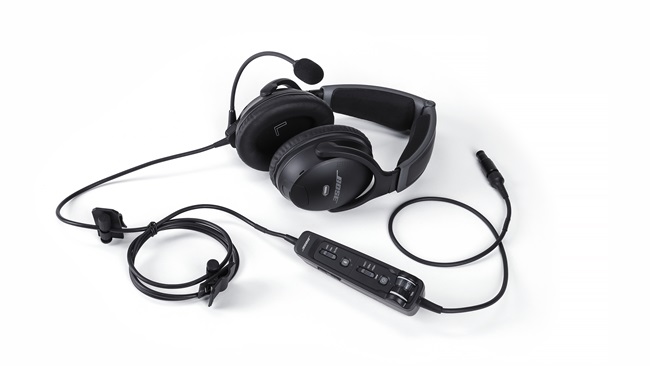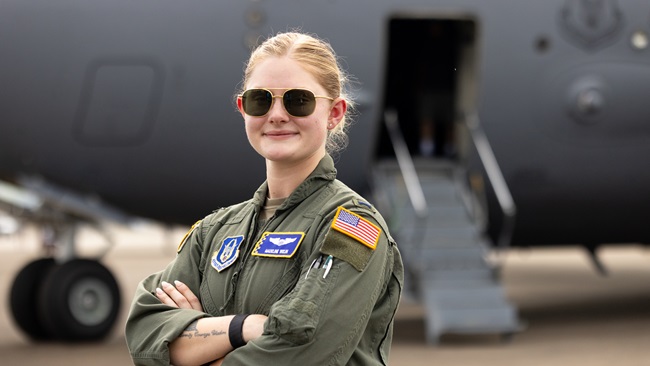Lighting limitations include lighting that only operates during specific hours or operates only by prior arrangement. While pilot-controlled lighting is the most common variety of lighting limitation, it certainly is not the only type.
As Montoya suggests in his closing paragraph, knowledge of sectional chart symbology is important. I would add that, according to the FAA definition of night, nighttime only accounts for 46.7 percent of an average day.
Terry L. Florie
Evans, Georgia
Nighttime, The Right Time
Jill W. Tallman's article in the October 2002 issue ("Night, Civil Twilight") was interesting but misleading. FAR 61.57(b), night takeoff and landing experience, effectively contains its own definition of night. Specifically, the pilot-in-command carrying passengers between one hour after sunset and one hour before sunrise must have logged three full-stop landings during the period from one hour after sunset to one hour before sunrise within the preceding 90 days. You get "night current" by logging the required landings (to a full stop between one hour after sunset and one hour before sunrise) without regard to when civil twilight occurs.
Except by coincidence, civil twilight does not begin one hour after sunset, nor does it end one hour before sunrise. At high latitudes, it may be light for several hours after sunset. At lower latitudes, it may be dark only minutes after sunset. "Night currency" may be required for a flight conducted in daylight - consider Alaska, where civil twilight may not end between a particular sunset and sunrise. Conversely, you can fly legally at night without being "night current" - how about the southern United States, where civil twilight may end 30 minutes or less after sunset? Safety and currency are not necessarily equivalent here.
When does it matter if it's "night" as defined by FAR 1? Student pilots must receive night training at night and may not solo at night unless endorsed for it. Ceiling and visibility minimums for VFR and special VFR flight in Class G airspace change, as do required VFR fuel reserves. Note that pilots holding recreational certificates may fly only between sunrise and sunset.
Can't find an American Air Almanac? Many GPS navigators have sunrise/sunset functions, as do many PDAs. Or, call Flight Service and ask the briefer to look up the data you need.
Stuart W. Goering
Anchorage, Alaska
Touch And Goes
Although I am just a student pilot I would like to respond to Thomas P. Turner's article regarding touch-and-go landings ("The Rewards and the Risks: Teaching Touch and Goes," October AOPA Flight Training).
I can't imagine a CFI who would endorse touch and goes simply as a way to expedite training. I was taught that you have not landed until you have slowed to safe taxiing speed and have reconfigured the plane for taxi. Anything short of this would not be considered to be an actual landing.
The discipline that touch and goes should only be taught to a student who has mastered full-stop landings confuses me. As a student pilot with only 56 total hours and approximately 20 hours solo, I consider myself to be always learning and I don't know if I will ever feel that I have mastered any phase of flight. Pilots who think they have mastered flying are the ones who become statistics.
The comment that bothers me most is the suggestion to "Prohibit touch-and-go practice in taildraggers." I am training in a Maule M-5 with conventional gear. I also practice touch and goes so that I am prepared for a bad bounce or excessive ballooning during landing or after initial contact with the ground. If I am in doubt at all I go around.
A student pilot should be taught to safely handle all phases of flight before solo, including touch and goes, but as another tool for safety - not as a means to cut into proper training because of cost or time. My CFI would never make that compromise, or I would be looking for a new one.
Mark L. Halsted
Douglas, Alaska
Reader responses to Turner's article about teaching touch-and-go landings will be the subject of an "Instructor Report" article in a future issue of AOPA Flight Training. - Ed.


